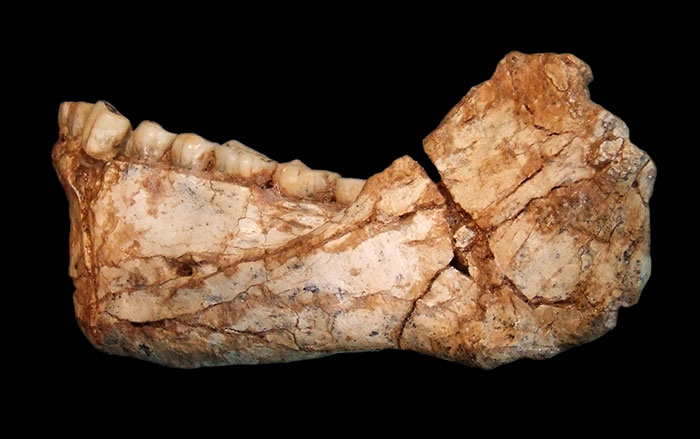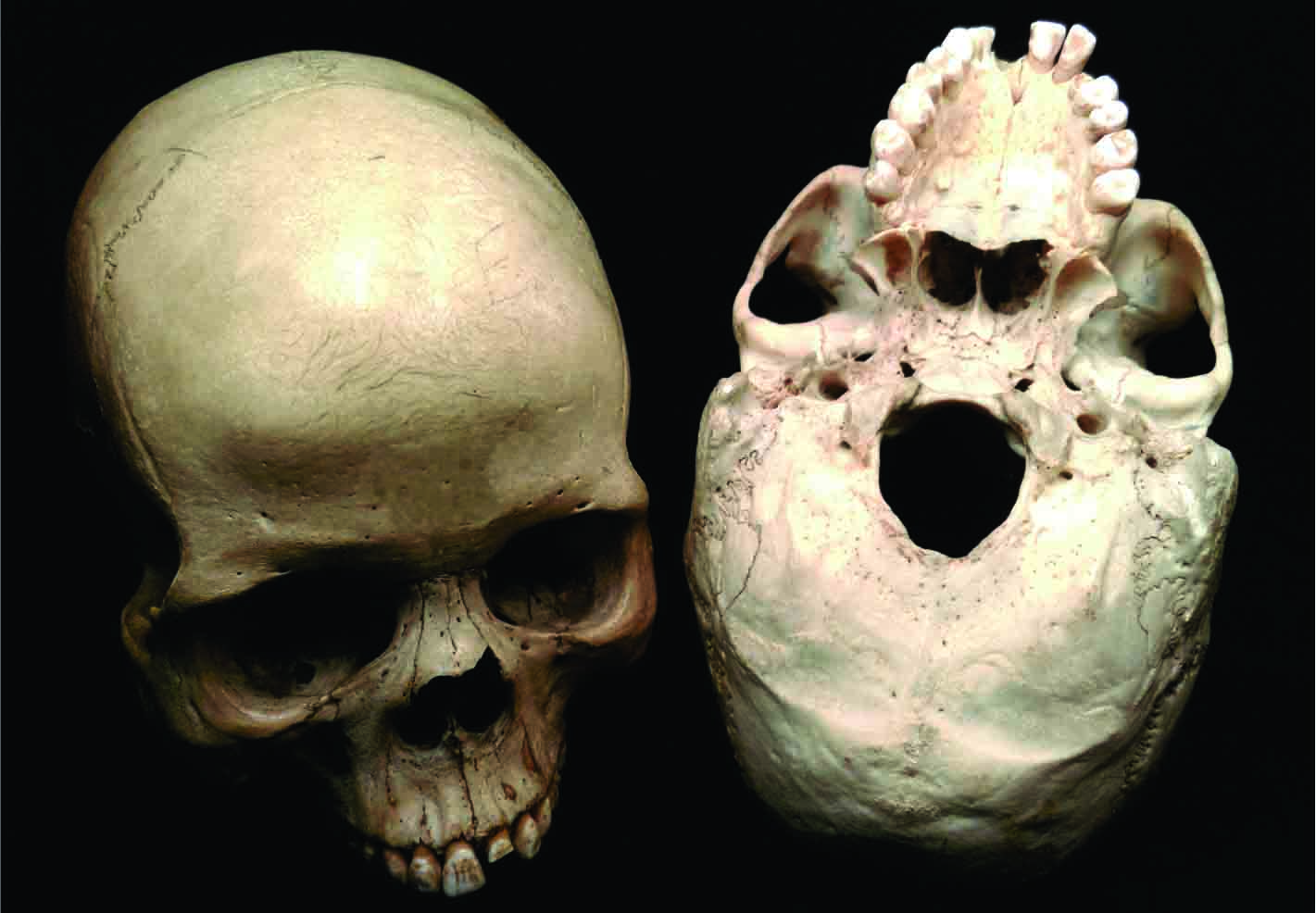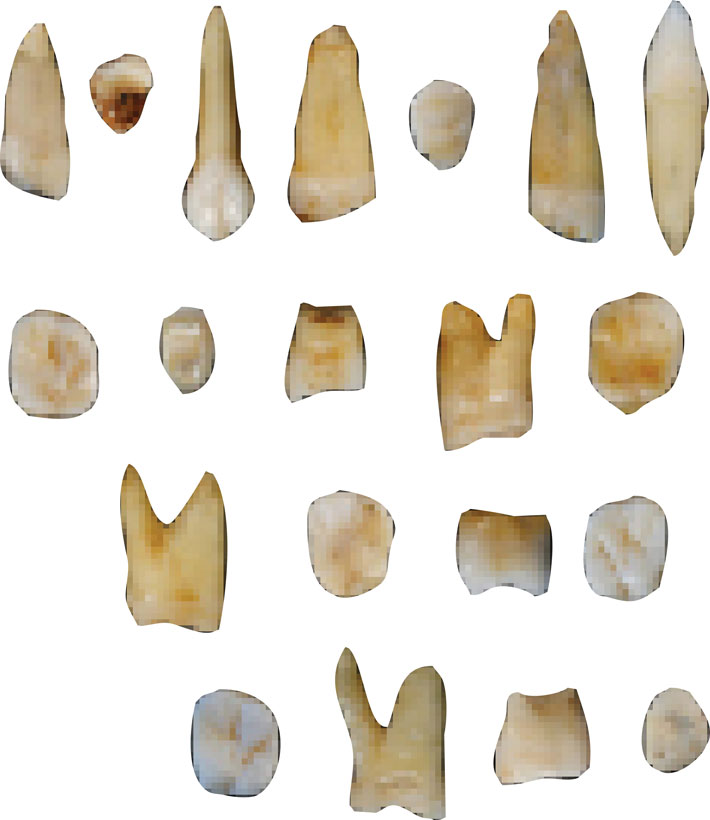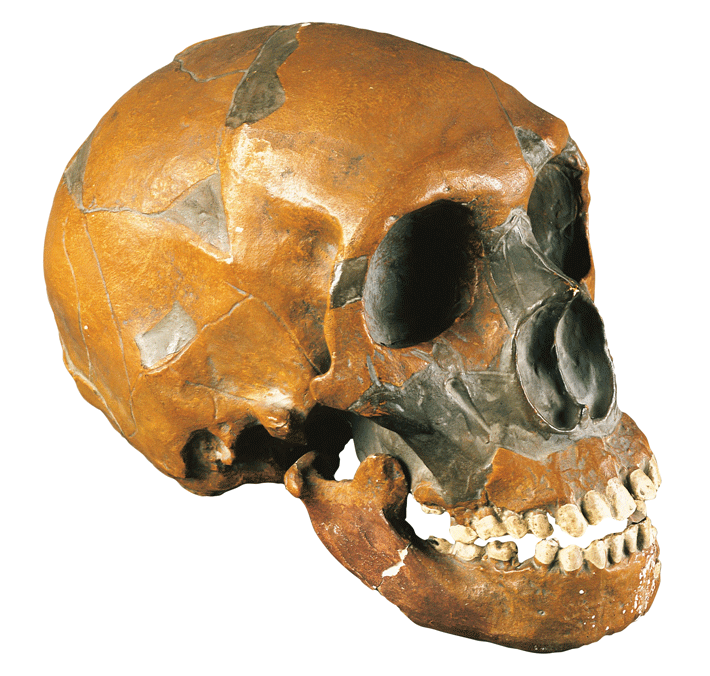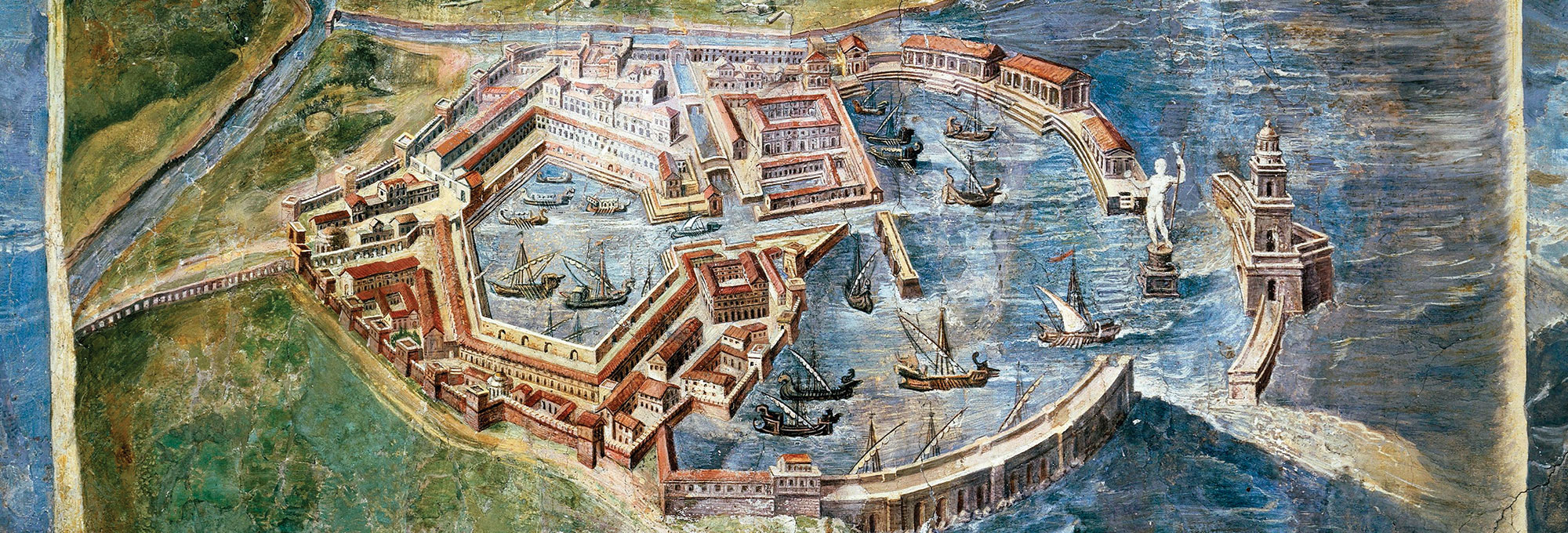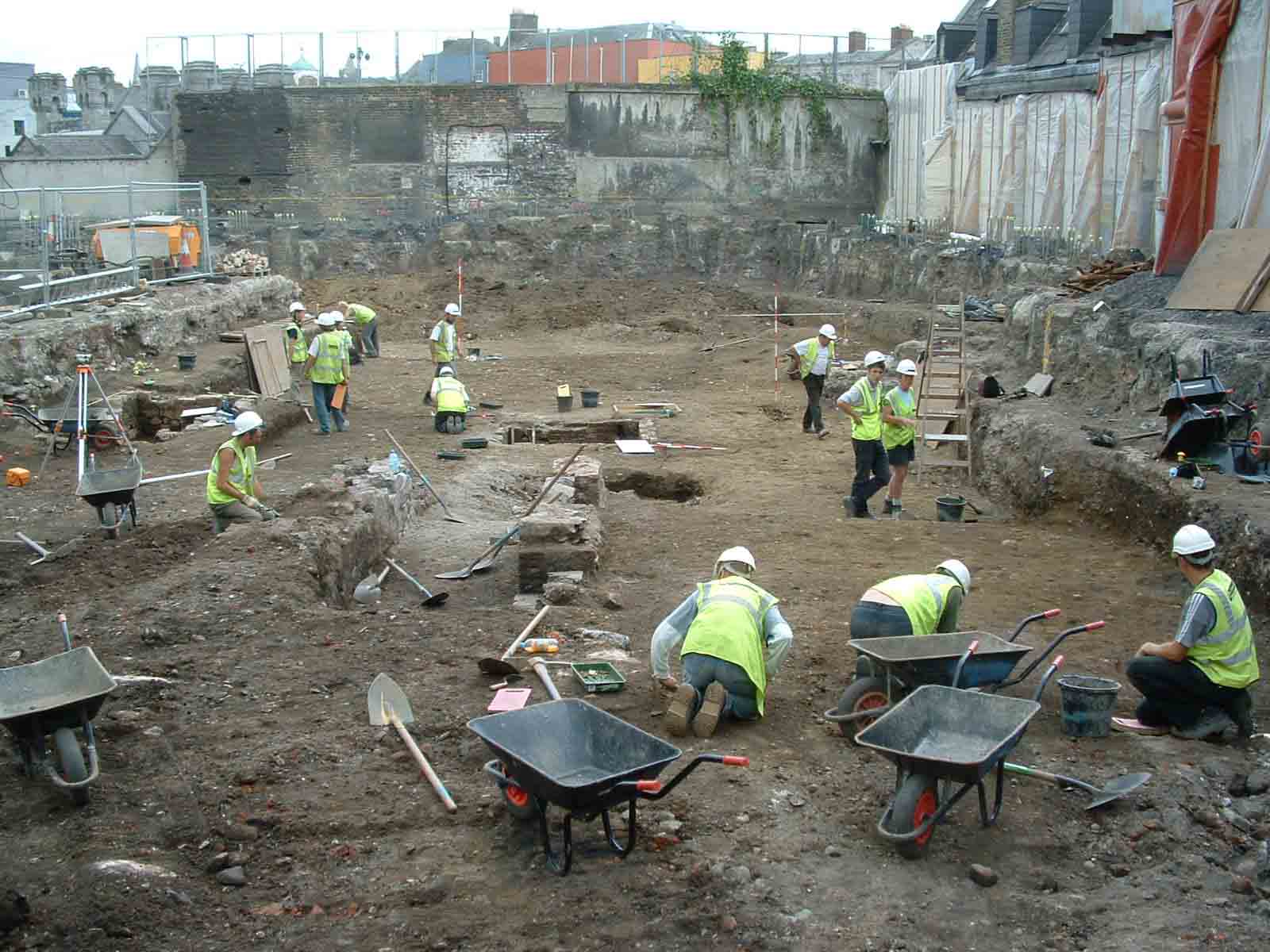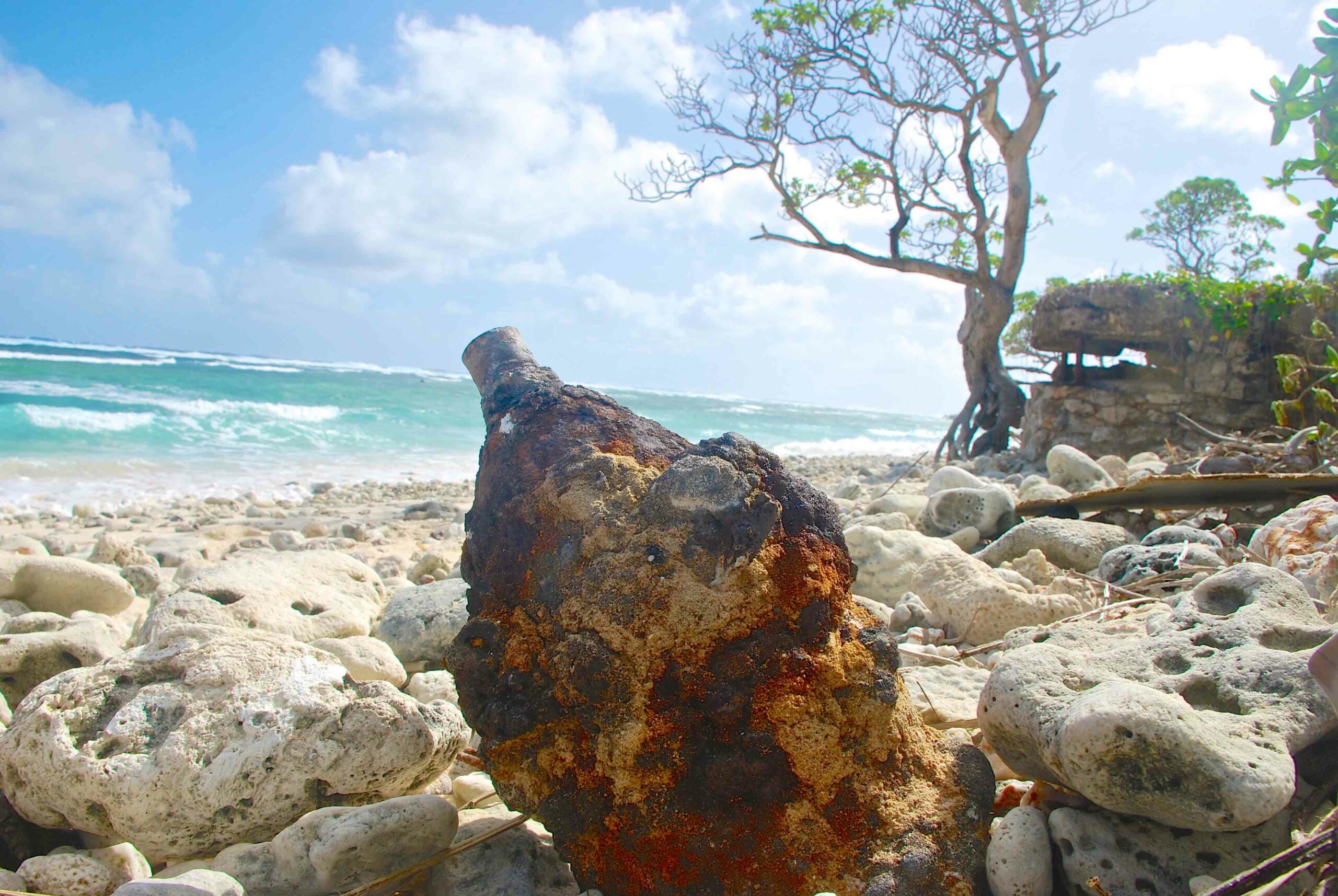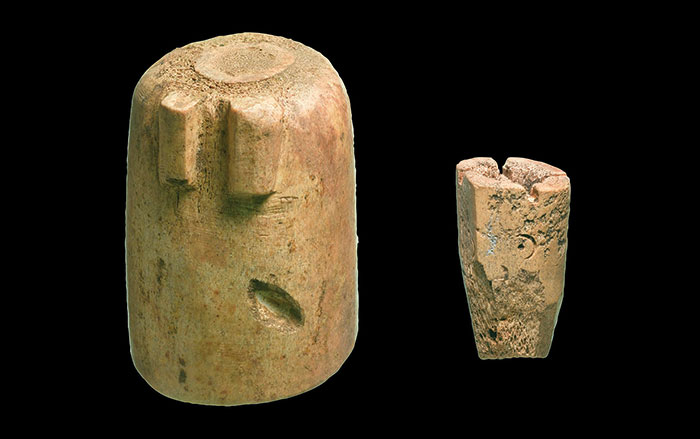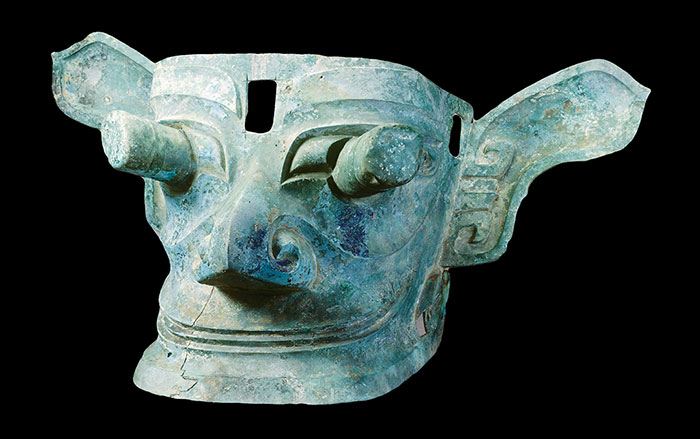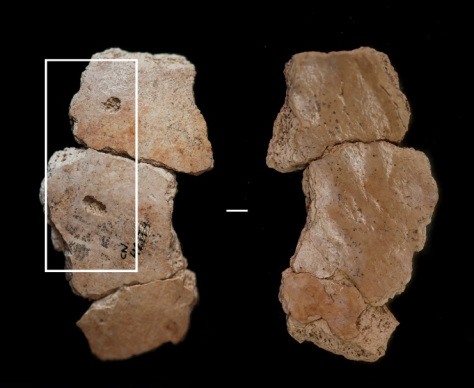
TARRAGONA, SPAIN—Edgard Camaró, Carlos Lorenzo, and Florent Rivals of the Institut Català de Paleoecologia Humana I Evolució Social (IPHES) examined the bones of people who were recently killed by large carnivores such as lions, tigers, bears, and leopards, and compared the injuries they found with the injuries found on Neanderthal fossils. The “same pattern is observed and therefore we infer that Neanderthals were also attacked by large carnivores,” Camaró said in a press release. “This remarks the importance that predation has on human evolution, and the strong pressure that existed between Neanderthals and large carnivores during prehistory,” he added. The research has also identified the particular marks made by various carnivores, which will benefit forensic medicine. “The use of forensic medicine to explain the past provides useful information and provides new approaches between sciences and transfer of knowledge,” he said. To read more about our extinct cousins, see "Should We Clone Neanderthals?"


